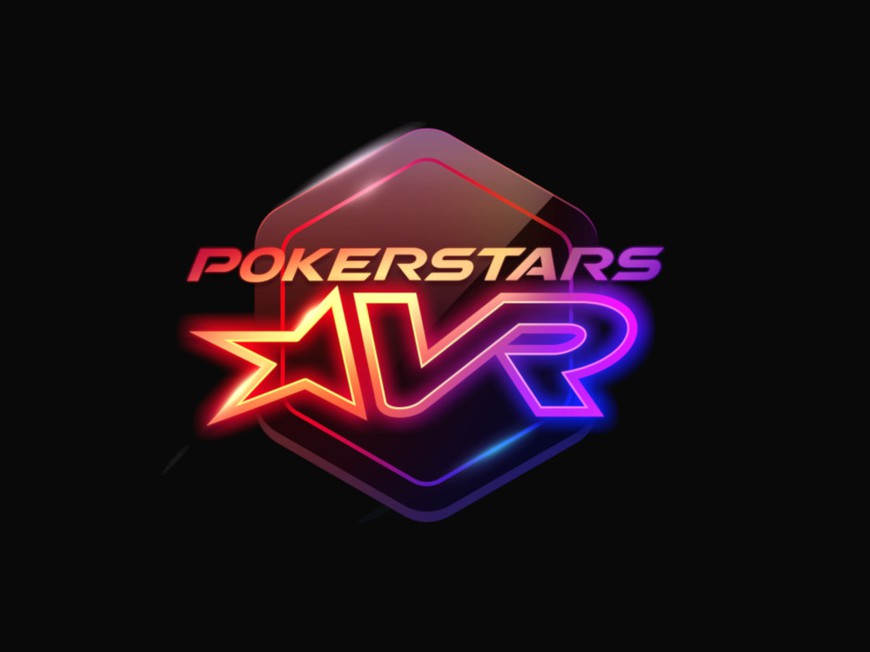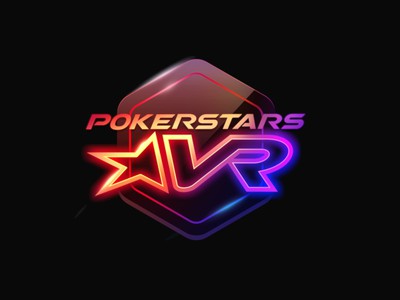

In September, PokerStars unveiled its virtual reality poker product: PokerStars VR. With the game, the company is striving to transform the online poker experience by adding a level of social interaction that rivals that of a live poker game within the immersive adventure that is virtual reality.
“PokerStars VR brings the social elements and the use of behavioral intelligence—the foundations of the live game—and combines it with the accessibility and speed of play of online poker,” said Strategic Innovation Manager for PokerStars, James O’Reilly, at a private demonstration of the product at EPT Barcelona last month.
Breaking into a new technology arena is no easy task, and virtual reality is no exception. It is not just the cost of the virtual reality headsets, but consumers need robust computing power and high speed internet—all potential expenses that players need to incur just to get access to free VR games.
Monetization
PokerStars VR has not yet been released to the public—the game is currently in a closed beta testing phase—and even when the game emerges from its beta testing phase, the worldwide leader in online poker has said that PokerStars VR will be released as a free-to-play game with no intention to offer it as a real money.
The title will not be completely void of a monetization—the company plans to offer optional in-game purchase opportunities—but that will not likely generate enough revenue to substantiate the investment.
Free-to-play poker games also have their own inherent challenge when it comes to providing a competitive playing experience: Because players have nothing of value at risk, the play tends to be very different than real money poker games. Chips are routinely jammed into pots with only the smallest hope of winning, greatly affecting the skill aspect of the game.
When asked how PokerStars VR will provide players an authentic poker experience, Severin Rasset, Director of Poker Innovation and Operations at PokerStars, told pokerfuse that the increased level of social interaction within the virtual reality platform is expected to help bridge the gap between players looking to have fun and those looking to compete.
“A major component unique to the VR environment is that players have greater opportunity to interact socially through gestures and voice chat, and by sitting down together in a virtual reality-enhanced environment,” Rasset said. ”Based on our first tests, it seems this social component triggers a greater degree of authentic play.”
The Bright Side
For all the challenges that PokerStars VR faces, there are also plenty of reasons why now may be the right time to enter the VR space. According to Orbis Research, VR is already a multi-billion dollar a year industry and is on a trajectory to balloon in the next five years.
“The Global Virtual Reality Market was valued at USD 3.13 billion in 2017 and is expected to reach USD 49.7 billion by 2023,” concluded a study, released in October.
One essential element necessary for the predicted boom to occur is good content that engages consumers, but currently the industry is suffering from a quality problem, according to industry experts attending MIPTV, a leading global distribution market and online content development event, this spring.
Not having a steady stream of new game titles for consumers presents an opportunity for those games that can capture the attention of players on the platform, and it appears that poker is a good choice of game to build a VR experience around.
As of March, Poker VR, a predecessor and competitor of PokerStars VR, was reportedly the highest grossing free-to-play VR title in the Oculus store, generating about 50 cents per user.
PokerStars VR is a Game of the Future
The development team at The Stars Group (parent company of PokerStars) and its VR development partner, Lucky VR, appear to be in it for the long haul.
“We are not in a hurry with this product,” Rasset told the audience at the private demonstration in Barcelona. “This is a disruption … and, there is no commercial objective around it.”
PokerStars also sees its VR product as way to reach new audiences and new markets. The company has already made a name for itself in the gaming community outside of poker with its presence on Twitch and Discord, along with recruiting brand ambassadors associated with popular esports games. And the company is banking on VR gaining momentum in Asia and the US, two regions where the company would like to develop brand loyalty for future real money online poker endeavors.
By entering the VR space in the early stages and navigating the obstacles, PokerStars stands to be in a solid position if the industry blows up big, as expected. The company will have a head start on the competition in terms of brand awareness among VR gamers and will have learned many valuable lessons that it hopes translates into a bigger first-mover advantage.
“Where it will go, we don’t know,” Rasset admitted, “but we are pretty excited to be part of this journey.”

